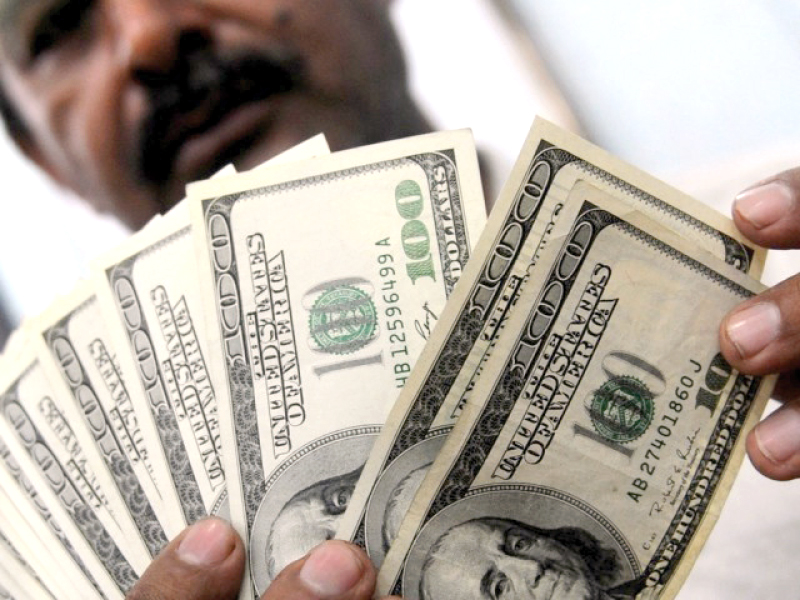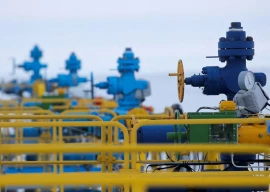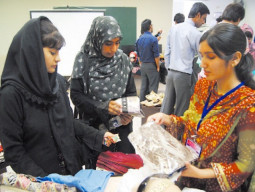
Since independence aid inflow to Pakistan has a strong association with geo-political interest of donors. Each successive government in Pakistan relied on foreign aid to finance a significant proportion of investment and import requirement for self-sustaining economic growth. Pakistan’s dependence on foreign aid started in the 1950s. However, gross foreign aid inflows were negligible during the fifties but in the first half of the sixties witnessed a rapid increase.
The increase in aid inflow during the 1960s is connected with Pakistan’s signing of mutual defence assistance agreements with the US in the cold war era. Aid inflow of the 1980s can be visualised in perspective of the Afghan war. In the 1990s, economic assistance to Pakistan was cut off by the US and other multilateral donors when the Afghan war ended. Aid inflow to Pakistan was further dropped down after the nuclear tests in 1998 and the military takeover in 1999. Most recently, aid inflow is a result of closer Pak-US ties after 9/11.
However, recently when the US has decided to withdraw its troops from Afghanistan, at the same time its government has asked congress for a sharp reduction of economic and security aid to Pakistan for the year 2014. According to Congressional Research Service (CRS), the Obama administration has requested nearly US $1.2 billion economic and security aid to Pakistan for the financial year 2014.This represents a steep decline from total assistance of about $1.9 billion (excluding Coalition Support Fund) during the financial year 2012.
This pattern of aid flows from US clearly vindicates that geostrategic and political imperatives determine the direction and amount of foreign aid. We have a chequered history of aid flows from the US. The amount and flow of aid was not determined by the economic needs of the people of Pakistan, but, rather, by the US’ geostrategic policies and priorities.
Regardless of knowing all these facts, Pakistan governments’ inability to provide for security and prosperity of its own people has led to questions about its sovereignty - whether in terms of its monopoly of violence, fiscal solvency or human security. Despite receiving large quantities of foreign aid, Pakistan is still away from the stage of self-sustaining economic growth.
In this scenario Pakistan can certainly do better by following India’s example of self-sufficient economic growth. India has transformed itself from an aid-receiving to an aid granting state, while Pakistan must grovel at the table of the International Monetary Fund (IMF) and other multilateral and bilateral donors. Indeed, it is India’s financial success that has drawn global capital to its door step.
Today countries help Pakistan because they expect that doing so will advance their interests, not necessarily those of Pakistan and its citizenry. Pakistan will not free itself of manipulative outsiders unless it raises its own revenue from domestic resources, exerts control over its own territory, takes care of its citizens, and becomes a responsible partner in managing-rather than undermining- regional and international security. In other words it must, first, exert its sovereignty itself.
To do this we need to reduce our dependence on aid through embarking on policies of self-reliance. Aid should never be taken as a permanent solution for filling financial gaps as foreign assistance is not a long-term solution. Open-ended commitments only create perverse incentives and do not contribute to the growth and development of the recipient country. What we need is to put our house in order. Enhancement of the tax base, promotion of trade and foreign direct investment, and development of credit markets can turn out to be better and longer-term alternatives to aid and can go a long way in ensuring sustainable economic growth.
The writer is Researcher at Sustainable Development Policy Institute Islamabad
Published in The Express Tribune, May 19th, 2014.
Like Business on Facebook, follow @TribuneBiz on Twitter to stay informed and join in the conversation.
COMMENTS (10)
Comments are moderated and generally will be posted if they are on-topic and not abusive.
For more information, please see our Comments FAQ
1724760612-0/Untitled-design-(12)1724760612-0-405x300.webp)
















Credit is rolled over . And accepting such rolling & ballooning credit is accepting world order. Nationalism is a big aim and is worthy of great people who defy such oppression. Domestic and western leaders never allowed Pakistanis to be great people. And people numbed by medieval faith can never grow to be great nation . Hence credit is as inevitable as five elements.
Not sure I agree with the term "harsh conditions" when applied to low interest loans that are tied to your reducing subsidies and collecting taxes .. those "harsh conditions" are something that the rest of the World takes for granted. Your never going to become a self sustaining country until you raise enough funds via taxes to balance your spending habits - it's likely your going to have to raise taxes and cut spending which won't be popular but it's a bullet your going to have to bite.
@ali: Your comment particularly the instance used is completely out of place - but don't worry this is what happens when a fresh graduate is put to sell the insurance products irrespective who she is talking to - we understand fully which Arab friendly master is currently investing in media and giving free money to PML N - and nothing without interests.
Great initiative and such type of topics must be highlighted in the all sector of media to aware government about the future risks.
This is an excellent piece!! A must read for all Pakistanis!!!!!
@SHB Since 47 donors are not giving you any loan, they are the multilateral and bilateral agencies like IMF and World Bank who gives you loan..aid relationship of donors with Pakistan has a tortured history. they are giving you aid to impose their wars on you. read article critically you will get each and everything.
money is good, free money is even better, however, pakistan should identify its interests and measure if the money is associated with foreign interests which hurt pakistan. For instance, Iranian influence is mainly due to the pro-iranian extremist shia population of pakistan, which loves iran more than pakistan and even more than iranians love iran. However, iran has never helped Pakistan, in actuality, has worked with pakistan's enemies to further profit, trying to sell gas to pakistan that puts pakistan into trouble while iran gets more money than even international rates for gas. Such friends pakistan should identify in the other list.
First we should label it correctly. The word AID is wrong. It should be labelled as loans or Grant. Loan has to paid back with interest. The amount of grant is free money. I would request the author to let us know how much is the loan and the grant amount received so far. Also the media should label it correctly too.
Beggars can not be choosers.....
It's not going to happen though. We'll be back knocking at the IMF's door come the next government. If TPTB wanted to fix things they would not have allowed the rupee to appreciate as much as it has. All those borrowed dollars are going to be wasted on imports that are much cheaper now that the rupee has gained value.